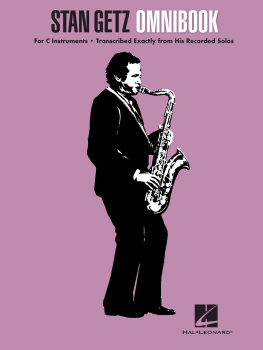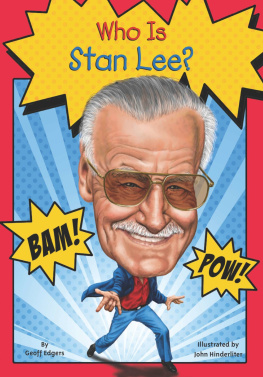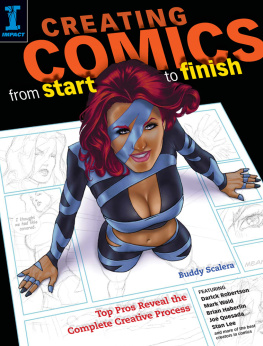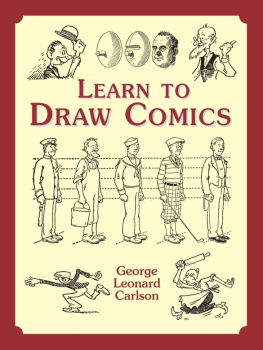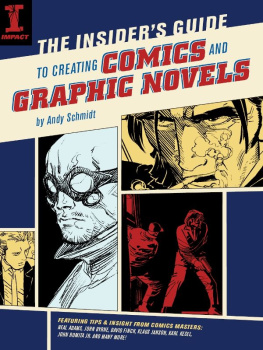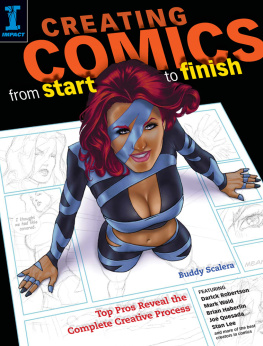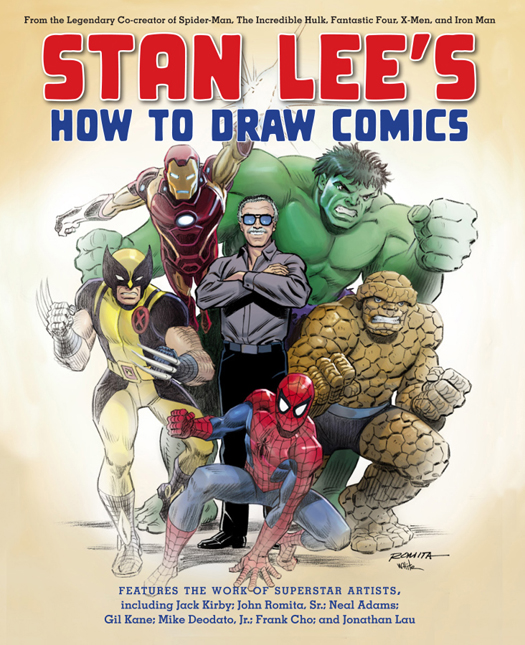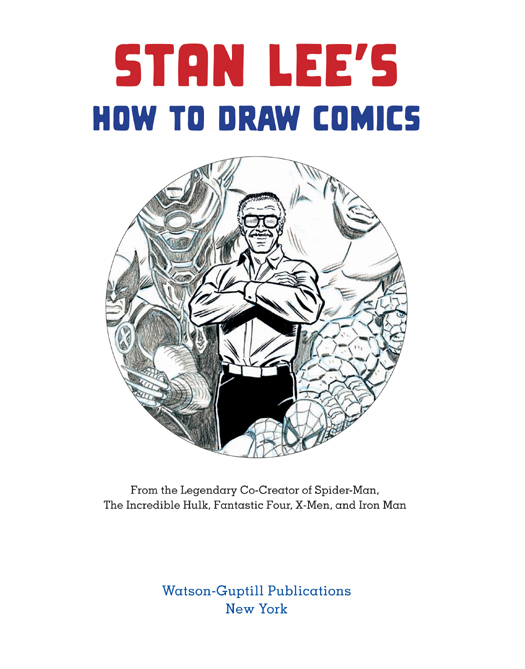Contributing writer: David Campiti
Contributing artists: Neal Adams, Erica Awano, Dan Borgones, Nick Bradshaw, Ariel Burgess, Aaron Campbell, Chris Caniano, Eman Casallos, John Cassaday, Frank Cho, Vince Colletta, Bong Dazo, Mike Deodato, Jr., Steve Ditko, Tina Francisco, Ken Haeser, Tabitha Haeser, Bob Kane, Gil Kane, Michael Kelleher, Jack Kirby, Fabio Laguna, Jonathan Lau, Jae Lee, Jim Lee, Jun Lofamia, Gemma Magno, Jezreel Morales, Earl Norem, Ariel Padilla, Cliff Richards, Al Rio, John Romita, Alex Ross, Mel Rubi, Steve Sadowski, Gaspar Saladino, Edgar Salazar, Mel Joy San Juan, Alejandro Sicat, Joe Sinnott, Anthony Tan, Wilson Tortosa, Michael Turner
Copyright 2010 by Dynamite Entertainment
All rights reserved.
Published in the United States by Watson-Guptill Publications an imprint of the Crown Publishing Group a division of Random House, Inc., New York
www.crownpublishing.com
www.watsonguptill.com
WATSON-GUPTILL is a registered trademark and the WG and Horse designs are trademarks of Random House, Inc.
Produced in association with Dynamite Entertainment
Design by Ellen Nygaard
Cover design by Jess Morphew
Front cover art by John Romita, Sr.

www.dynamiteentertainment.com
Library of Congress Cataloging-in-Publication Data
Lee, Stan, 1922
Stan Lees How to draw comics : from the legendary co-creator of Spider-Man, The Incredible Hulk, Fantastic Four, X-Men, and Iron Man / Stan Lee. 1st ed.
p. cm.
Includes index.
eISBN: 978-0-307-78648-7
1. Comic books, strips, etc.Technique. 2. DrawingTechnique. I. Title. II. Title: How to draw comics.
NC1764.L44 2010
741.51--dc22
2010005781
Special thanks to POW! Entertainment, Inc., Gil Champion, Michael Kelleher, Arthur Lieberman, Luke Lieberman, Mike Kelly, Roy Thomas, John Romita, Glass House Graphics, Heritage Auctions, Peter Sanderson, Michael Lovitz, Digikore, Carol Pinkus, Dave Althoff, Ryan Potter, Nick Barrucci, Juan Collado, Josh Johnson, and Josh Green.
Stan Lee, Excelsior, Stan Lee Presents and 2010 Stan Lee and POW! Entertainment, Inc.
How to Draw Comics the Marvel Way 1979 Stan Lee & John Buscema
Silver Surfer Graphic Novel 2010 Stan Lee & Jack Kirby
Sherlock Holmes & Complete Alice in Wonderland & 2010 Savage Tales Entertainment, LLC
Bring the Thunder & 2010 Savage Tales Entertainment, LLC & State Street Films
Black Terror, Death Defying Devil, Green Lama & Project
Superpowers & 2010 Super Power Heroes, LLC
Zorro & 2010 Zorro Productions, Inc.
Red Sonja & 2010 Red Sonja, LLC
Jungle Girl & 2010 Jungle Girl, LLC
Totally Tina & 2010 Tina Francisco
Buck Rogers 2010 Dille Family Trust
Single image from Awakenings by Phil Miller 2010 Len Mihalovich
Vampirella & 2010 DFI
Re-Animator & 2010 Re-Animator, LLC
Dynamite Entertainment 2010 DFI. All Rights Reserved.
Marvel, and all related character names and their distinctive likenesses: & 2010 Marvel Entertainment, LLC and its subsidiaries.
All rights reserved.
Images and likenesses of DC Comics characters and 2010 DC Comics.
v3.1


A BRIEF HISTORY OF COMIC BOOKS BY A GUY WHO LIVED THEM
TOOLS OF THE TRADE
THE BASICS: FORM, PERSPECTIVE & FORESHORTENING
THE HUMAN HEAD
AMAZING ANATOMY, ACTION & ACTING
CHARACTERS & COSTUMES
BRING ON THE BACKGROUNDS
THE LIFE BEHIND THE LAYOUTS
PEERLESS PENCILING
IMAGINATIVE INKING
LIVELY LETTERING
CRAFTING THE COLOR
COMMANDING COVERS
GETTING WORK
PREFACE
How time flies! Was it really in 1947 that I first wrote and self-published a tantalizing little tome in which I revealed with unabashed pride much of what I knew about comic books and that I then followed up with an article in Writers Digest entitled Theres Money in Comics?
Was it really 1978 that I first penned pithy prose and Big John Buscema put his seemingly magic pencil to paper to bring How to Draw Comics the Marvel Way to a world of artists hungry for knowledge of comicdom in general and the Mighty Marvel Manner in particular?
The cosmic clock confirms, as does my calendar, so it must be true!
I seem to do this every three decades or thereabouts, and now the time is right. Just as the world of technology spins fast and furiously under us, so does the world of comic books. Since the era of John Buscema and our fateful and fruitful collaboration, weve gone from NASA performing moon landings with less computing power than my wristwatch has today to Americans in practically every household using amazing personal computers that can perform digital wonders that comic books only dreamed of at that time. Every bit and byte of that newfound technology has made its way into comic book creationjust as it has into video games and moviemaking.
For half a century, comic books were printed on cheap newspaper letterpresses and even cheaper pulp paper. Yet now, the paper is better, the printing is better, and the creative standards are better as the quality of the art and color has risen commensurate with the technology. Its all about staying vital, contemporary, anddare I say it?cutting edge.
Normally, in those days of yore, an artist and writer had a very simple method of producing a comic book epic. The writer would simply type the script and then hand it to the artist. On receiving the complete script, with panel descriptions and dialogue all spelled out, the artist merely followed the writers written instructions and rendered the illustrations, much in the manner of a director structuring a stage play after receiving the authors manuscript. Yes, that was the way it used to be doneand sometimes still is, all depending on which writer, artist, and editor are involved.
But in my yearshas it really been decades?of collaborating on myriad fantasy, western, romance, humor, and superhero adventures, the artists and I evolved another system of working one that proved far more satisfying to us.
Originally, since my colleagues always had the greatest creativity, the greatest imagination, and the greatest visual story sense that one could hope for, I realized there would be no need for me to labor over a fully developed script if they were to be the illustrators. All that was necessary was to discuss the basic plot with them, turn em loose, and occupy myself with other bits of mischief until they brought me the penciled drawings.
Then it was my task to write the dialogue and captions, giving the story the proper rhythmic mood and establishing the necessary characterization. After writing the copy, Id give the pages to a letterer, whod then letter all the captions and balloons in the areas I had indicated. Next, the pages would be taken by the inker, who wouldyou guessed itgo over the pencilers drawings with pen and brush, applying black India ink to all the indicated areas. At this point, the artwork would be returned to me for final editing, and once the colorist had applied the proper colors to Photostats of each and every page, the completed strip would be ready to go to the engraver and what hapened then I never knew and would never dare ask.


